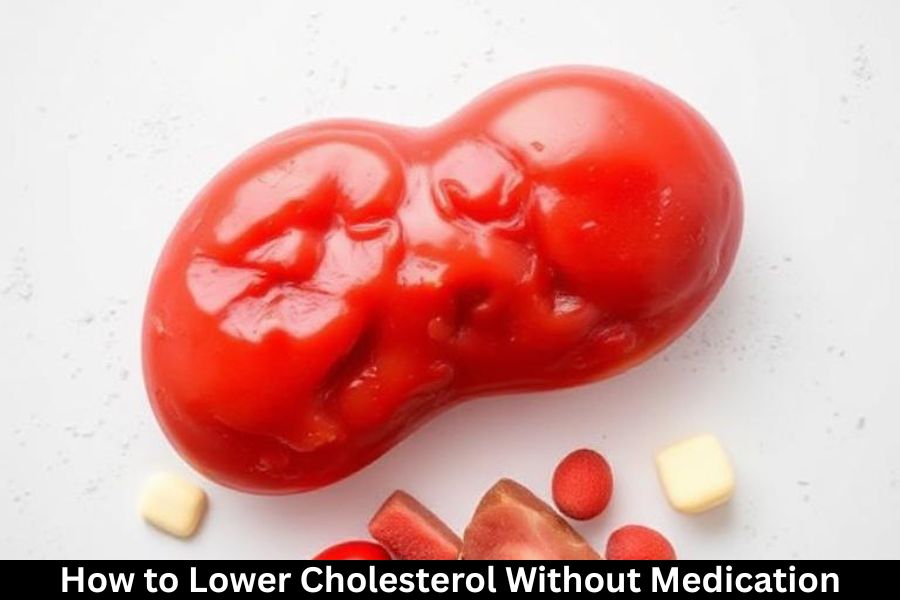Ever wondered why your muscles feel sore after a workout? That’s your body’s way of saying it’s growing stronger. Muscle recovery is the unsung hero of fitness—it’s what transforms your sweat and effort into real results. Whether you’re lifting heavy, running marathons, or doing HIIT workouts, giving your muscles time to heal is key to maximizing performance and avoiding injury. Let’s dive into 14 effective tips to maximize muscle recovery and keep you training at your best.
Understanding Muscle Recovery
Why Recovery Is as Important as Training
Training breaks down muscle fibers. Recovery rebuilds them stronger. Without enough rest, your body can’t repair itself efficiently, leading to fatigue, stalled progress, and even injuries. Think of recovery as your body’s “rebuild mode” — the phase where all your hard work pays off.
The Science Behind Muscle Repair
When you exercise, small micro-tears occur in your muscle tissue. During recovery, protein synthesis repairs these tears, resulting in stronger muscles. Hormones like testosterone and growth hormone also play vital roles in this rebuilding process—especially during sleep.
Nutrition for Faster Recovery
Consume Enough Protein
Protein is the building block of muscle repair. After intense exercise, your body needs amino acids to rebuild damaged fibers.
Best Protein Sources for Recovery
- Lean meats like chicken and turkey
- Fish such as salmon and tuna
- Eggs and Greek yogurt
- Plant-based options like tofu, lentils, and quinoa
Replenish Glycogen with Carbohydrates
Carbs aren’t the enemy—they’re your muscles’ best friend post-workout. Consuming carbs after training helps refill depleted glycogen stores and speeds up recovery. Pair them with protein for the best results.
Stay Hydrated
Even mild dehydration can slow down muscle repair and increase soreness. Drink water throughout the day and add electrolytes if you’ve had a particularly sweaty session.
Optimize Your Sleep
How Sleep Fuels Muscle Growth
Sleep is when the magic happens. Growth hormone production peaks during deep sleep, helping muscles repair and grow stronger. Skipping sleep can sabotage your fitness goals faster than you think.
Ideal Sleep Duration and Quality Tips
Aim for 7–9 hours of quality sleep. To improve sleep:
- Avoid screens before bed
- Keep your room cool and dark
- Follow a consistent bedtime schedule
Active Recovery Methods
Benefits of Light Exercise on Rest Days
Rest doesn’t mean lying still all day. Light activities like walking, cycling, or yoga increase blood flow, reduce muscle stiffness, and accelerate recovery.
Examples of Active Recovery Workouts
- 20-minute brisk walk
- Gentle yoga or mobility sessions
- Low-intensity swimming
Stretching and Mobility
Importance of Stretching After Workouts
Stretching enhances flexibility, improves circulation, and reduces post-workout soreness. Always take 5–10 minutes to stretch after every workout session.
Incorporating Foam Rolling or Massage Guns
Foam rolling and massage guns break up muscle knots and promote faster recovery by improving blood flow and reducing tightness.
Supplements That Support Recovery
Popular Supplements for Muscle Repair
Supplements can fill nutritional gaps and speed up recovery when used properly.
Creatine, BCAAs, and Omega-3s
- Creatine: Boosts muscle strength and recovery rate.
- BCAAs: Reduce muscle soreness and prevent breakdown.
- Omega-3s: Fight inflammation and support joint health.
Cold and Heat Therapy
When to Use Ice Baths vs. Heat Pads
- Ice Baths: Reduce inflammation and soreness after intense training.
- Heat Therapy: Loosens stiff muscles and increases blood flow during recovery days.
Alternate between both to target soreness and tightness effectively.
Listen to Your Body
Recognizing Overtraining Signs
Ignoring fatigue or pain can backfire. Watch out for:
- Chronic soreness
- Sleep problems
- Loss of motivation
- Decreased performance
Adjusting Workouts Based on Fatigue
If you’re feeling drained, it’s okay to scale back. Replace a heavy lifting day with yoga, stretching, or a rest day.
Consistency and Mindset
The Role of Patience in Long-Term Gains
Muscle recovery is a journey, not a race. Being consistent with your nutrition, rest, and training will produce sustainable, long-term results. Remember, rest days aren’t wasted days—they’re growth days.
Conclusion
Maximizing muscle recovery is about balance—balancing effort with rest, protein with carbs, and training with mindfulness. When you give your body what it needs to repair, you’ll see greater strength, endurance, and performance gains. Treat recovery like part of your workout routine, not an afterthought, and your body will thank you with lasting results.
FAQs
1. How long should muscle recovery take after a workout?
Typically, muscles recover within 24–72 hours, depending on intensity and individual fitness levels.
2. Is soreness necessary for muscle growth?
Not necessarily. Mild soreness is normal, but constant or severe soreness could indicate overtraining.
3. What are the best foods for muscle recovery?
Protein-rich foods like eggs, lean meats, and legumes, combined with complex carbs and healthy fats, are ideal.
4. Can I work out every day if I recover well?
Yes, as long as you alternate muscle groups and include active recovery days.
5. Does age affect muscle recovery?
Yes, older adults may experience slower recovery due to decreased hormone levels and muscle elasticity.



